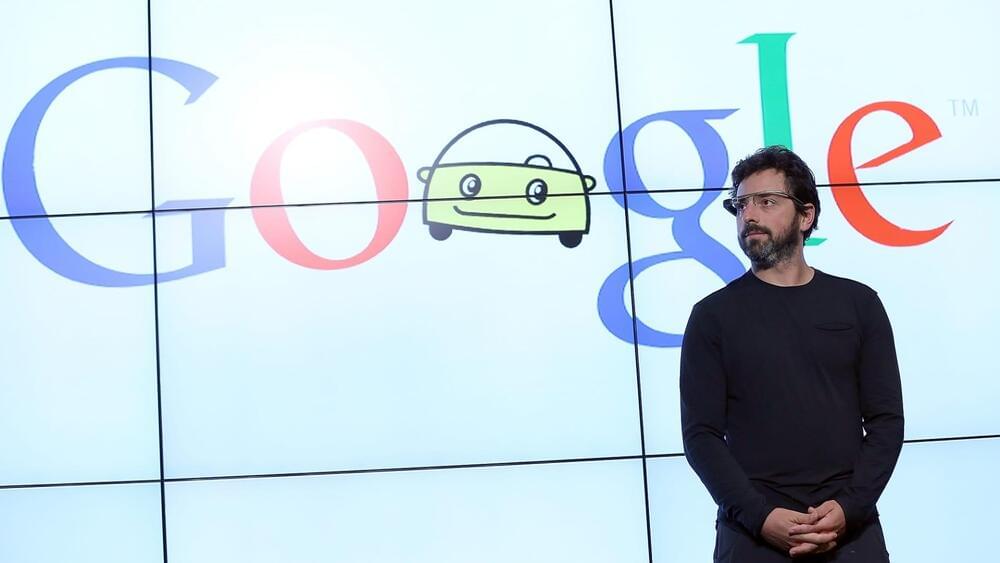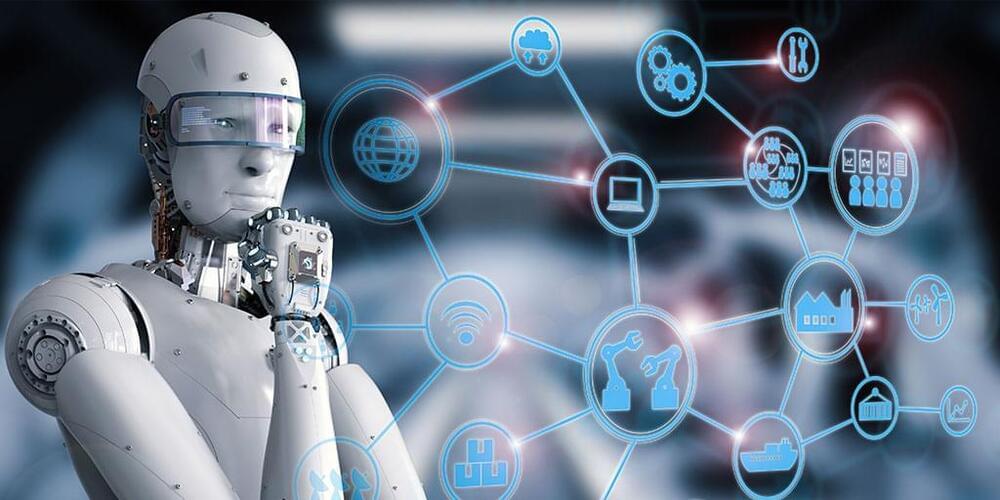Great advice here. I follow much of it; my diet is good though there is a little bit of processed stuff in it. I do not drink or smoke. Interesting that Dr Stanfield has a rapamycin human trial going.
We have the tools available today to have a healthy 105-year lifespan, and I’ll summarise it all in this video. Plus at the end we’ll go through the emerging therapies in the longevity space that will push us towards a healthy 120-year lifespan.
My full supplement stack: https://drstanfield.com/my-supplements/
Supplements I source from Amazon: http://amzn.to/3o2ULOV
✨10% Discount Code: BRAD ✨
• DoNotAge.org: https://donotage.org/products/
• Renue By Science: https://renuebyscience.com/?rfsn=5206061.b626e7&coupon-code=brad.
• ProHealth: https://www.prohealthlongevity.com/collections/best-sellers.
✨10% Discount Code: BRAD ✨
Donate towards my Rapamycin & Exercise clinical study: https://bit.ly/3QwugRx.





